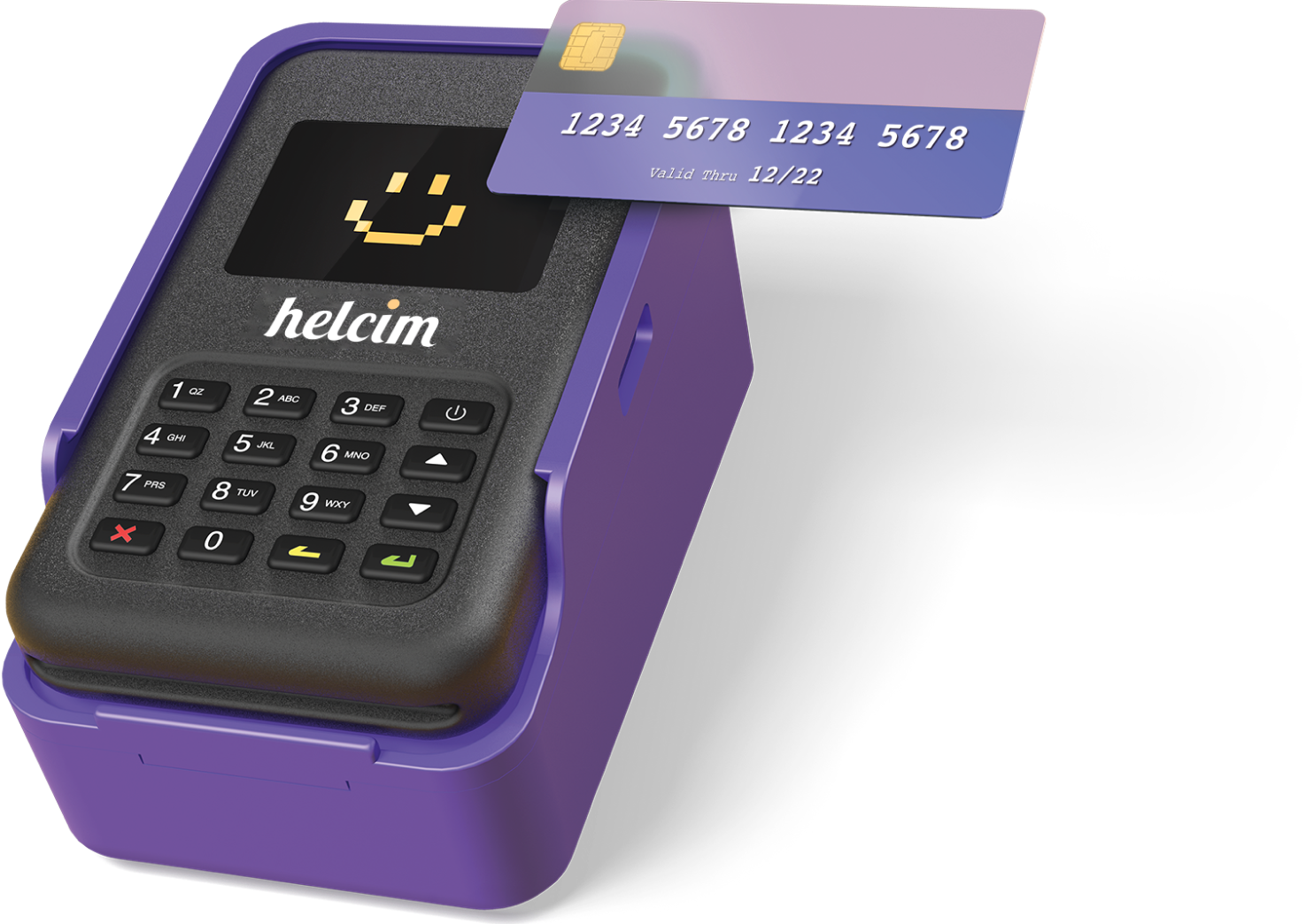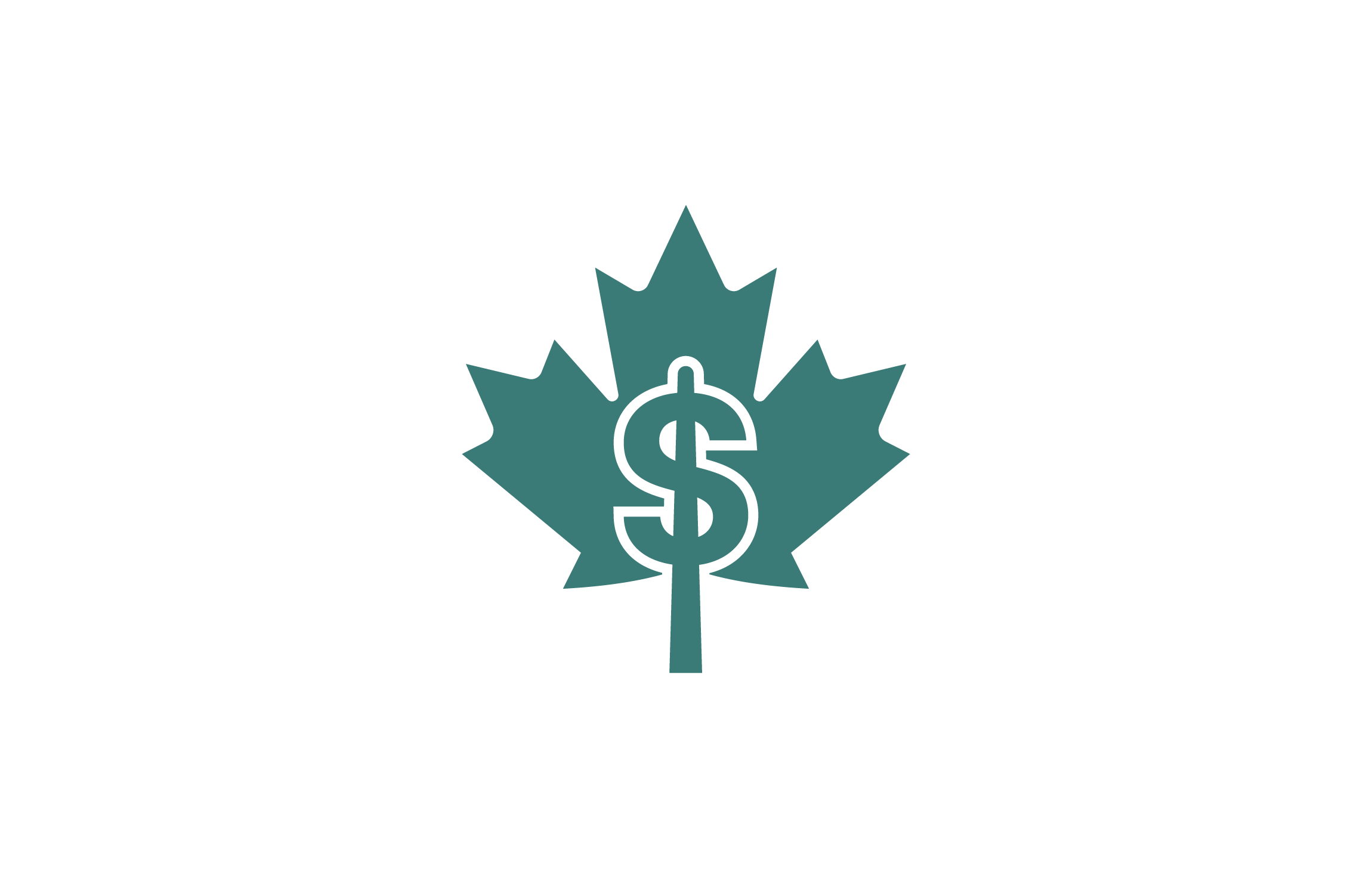Paying taxes is an expensive endeavour. But having to pay to get it done? That’s even worse! Especially if you’re on a tight budget.
While it might be beneficial to have professional help with your taxes, even the Canada Revenue Agency (CRA) encourages everyone to have some knowledge of their own tax affairs. The agency has a list of free tax tools aimed at helping Canadians file their returns easily.
For instance, the NETFILE program aids electronic tax filing. Similarly, there are free tax clinics that offer lower-income earners simple and affordable tax-filing solutions.
Hiring a tax-accountant often costs an arm and a leg especially if your taxes are complex. So, if you have been wondering how to do your taxes on your own, we have good news for you. There are many ways to file your taxes for free. Whether you are a Doctor, Plumber, YouTuber or an IceHockey player we’ve got something for you.
But before we delve into the thick of it, let us have a quick recap of what taxes in Canada.
Taxes in Canada
Tax is a compulsory fee levied by the government on its citizens. The government can impose taxes on individuals, corporate entities, property as well as commodities.
Tax revenue proceeds are used to fund government activities and provide public infrastructures like roads, schools, hospitals, bridges and security.
Personal Income Tax:
These are taxes that are levied on individuals. When you earn salaries, the government deducts a portion of it. Personal Income taxes also apply when you make investments such as stock or cryptocurrency.
When you make profits from such investments, you must pay a portion of it to the taxman. In Canada, Personal Income tax rates range between 15% – 29% per annum.
Corporate Taxes:
These are taxes that are placed on companies that registered and carry out operations within the Canadian territory. When Canadian companies declare profits at the end of each year, they must file their taxes on their operating income.
According to Ernst&Young Company Income Tax (CIT) in Canada is pegged at about 10% in Canada.
However, there are ways that companies can explore to get some reprieve, to pay very little or no taxes. For instance, companies that spend a significant portion of their profit on research and development or make certain charitable donations may be eligible for a lessened tax burden
Property Taxes:
Property taxes are levied on homes and commercial buildings in Canada. The most notable property tax is the Property Gains tax.
For example, if you bought your home in 1995 for $50,000 and sell it for $650,000 in 2021, you will be required to pay tax on the $600,000 you have gained.
However, if you make significant improvements or specific upgrades on such property, you may receive some reduction in your taxes.
Commodity Taxes
Commodity taxes are mainly taxes that are levied on imports and exports. Each time certain products cross Canadian borders for commercial purposes, their owners or traders must pay some tax to the government. Examples of such taxes are Import duties, tariffs, excise duties etc.
Why You Should Do Your Own Taxes
There are so many reasons why Canadians choose to do their own taxes. First off, hiring an accountant costs a lot. According to The Fraser Institute’s research, the average cost of Tax preparation in Canada is $225 per return. That’s an awful lot of cash that you could put to better use. The services of accounting firms cost even more.
More importantly, when you do your taxes, you get to learn more and maintain control of your finances year in year out.
How to Do Your Own Taxes in Canada
Doing your taxes is quite a complicated process. But it certainly is not rocket science. Due to the many helpful tools available today, everyone can file their own income tax returns with just a little effort.
There are two broad channels to file your taxes for free in Canada. Here is our guide to exploring each of them.
Using CRA Resources
- Manual Tax Return Preparation
Although experts highly recommend that you use tax software to file your return. However, you have the option to file your return manually. You can order the T1 personal income tax pre-printed forms from the Canada Revenue Agency (CRA). And if you live in Quebec, you can click here for Quebec personal income tax return forms.
If you filed paper-tax forms in the past year, you would receive a tax package by mail. The documents should arrive at your registered address by the end of February. If you have not received them by the end of February, call the CRA at 1-855-330-3305 (English) or 1-855-330-3310 (French).
- Community Volunteer Income Tax Program
This is a free tax preparation program that is available for only certain individuals—usually, people who are on precariously low levels of income. A few of the clinics are only available at specific periods of the year. While some are available until the end of the year. There are also options for “virtual” sessions, which require no in-person appointments.
- File my Return:
CRA’s File my Return option helps eligible individuals with low income or a fixed income that is unchanged year-on-year to file their tax return. They simply do it by answering a series of short questions and providing some personal information. The File My Return program is done via dedicated and automated phone service.
The service is available for 21 hours daily, from 6 am to 3 am. During tax-filing season, it is available for seven days of the week. Eligible Canadians will receive personalized invitation letters around mid-February
Using Software Packages to NetFile
Turbo Tax – Best for Higher Income Earners
Turbo Tax is one of the most popular tools that Canadians use to file their taxes online. The X-factor about Turbo Tax is that there are income restrictions as to who can use the software. Although, the company recommends the free version only be used for simple tax situations.
The free version comes with no phone customer support. You can also put your questions to its large online community that includes both users and experts.
The Turbo tax software also allows you to use the Canada Revenue Agency (CRA’s) auto-fill feature. This feature automatically imports your data from the agency’s database (like your T4 slips) directly into your return. Making the process very easy and seamless.
Turbo Tax is available on almost every internet-enabled device that you can lay your hands on. Asides from the desktop version (Windows), you can also access it on your iOS and Android mobile devices.
Simple Tax – Best user Interface for beginners
If you are new to filing your taxes, SimpleTax is just the right one for you.
It has a beginner-friendly interface that can guide you through the whole process. Asides from the regular outlook, it provides an option for beginners to use a question-based interface. And Like TurboTax, SimpleTax also has the CRA’s auto-fill feature.
The apps default interface is a single page with empty text boxes. You can use the search box to call up whatever part of the return you wish to complete. For example, if you have investment income, searching for “investment” will produce a drop-down menu with options to add your T5 slips and other kinds of investment income. This is a fast way to complete your return, especially for non-beginners.
Although there’s no 24/7 phone support, a customer support team responds to your emails within a few hours.
And when it comes to subscription fees, SimpleTax is unique. Rather than creating different free and paid versions of the software, the company simple asks you to pay what you can. And yes, you may choose to pay nothing at all. Just how cool is that.
StudioTax – Best for Low-Income Earners
StudioTax has been helping Canadians to DIY their tax returns for free since 2004. However, it only works on desktop devices (Windows and Mac). But it does not support Quebec provincial returns. Also, you’ll have to download and install the program on your device.
AdvTax – Best for Non-English Speakers
AdvTax is another quality tool for you to file your tax in Canada. It has a sleek and user-friendly interface. The distinct feature of Adv tax is that it has both English- and French-language versions. And there’s more. It also runs in Chinese.
With this app, you can complete a simple tax return within five to 10 minutes.
However, you should note that, with AdvTax, you will not be able to file for Quebec provincial returns. Generally, you cannot file taxes involve multiple jurisdictions with AdvTax.
H&R Block
H&R Block Online Tax Software is really helpful for your taxes. It can handle both simple and complex tax situations. Even the free version has no income restrictions.
And if you need to make any adjustments, you can re-file your return for free.
The free version of the software does not have a phone support feature. But if you have any questions, you can look up the long list of FAQs.
When do you need a tax professional?
1. When you’re close to the deadline. Tax professionals can help you get things done quicker
2. When you feel overwhelmed by other activities. .i.e. work, family.
3. When you do not understand the tax implications of some of your financial activities.
4. When you have a complicated tax situation.
When is Tax Season in Canada 2021?
According to the CRA website, online tax-filing opened on February 22, 2021. If you submitted the manual paper return, it may take up about 10-12 weeks to get your assessment.
Conclusion
To learn more about filing your taxes, you can attend free tax clinics. They are staffed by volunteers who will help you complete your tax return and teach you all you need to know.
Some of these clinics operate on a walk-in basis, while others will require you to set up an appointment for a specific time.
Filing your own taxes can save some precious dollars. But the main goal is to know more about your finance and always stay in control.












